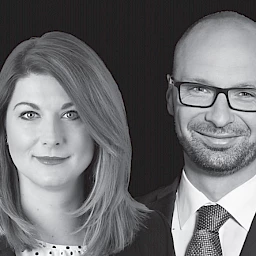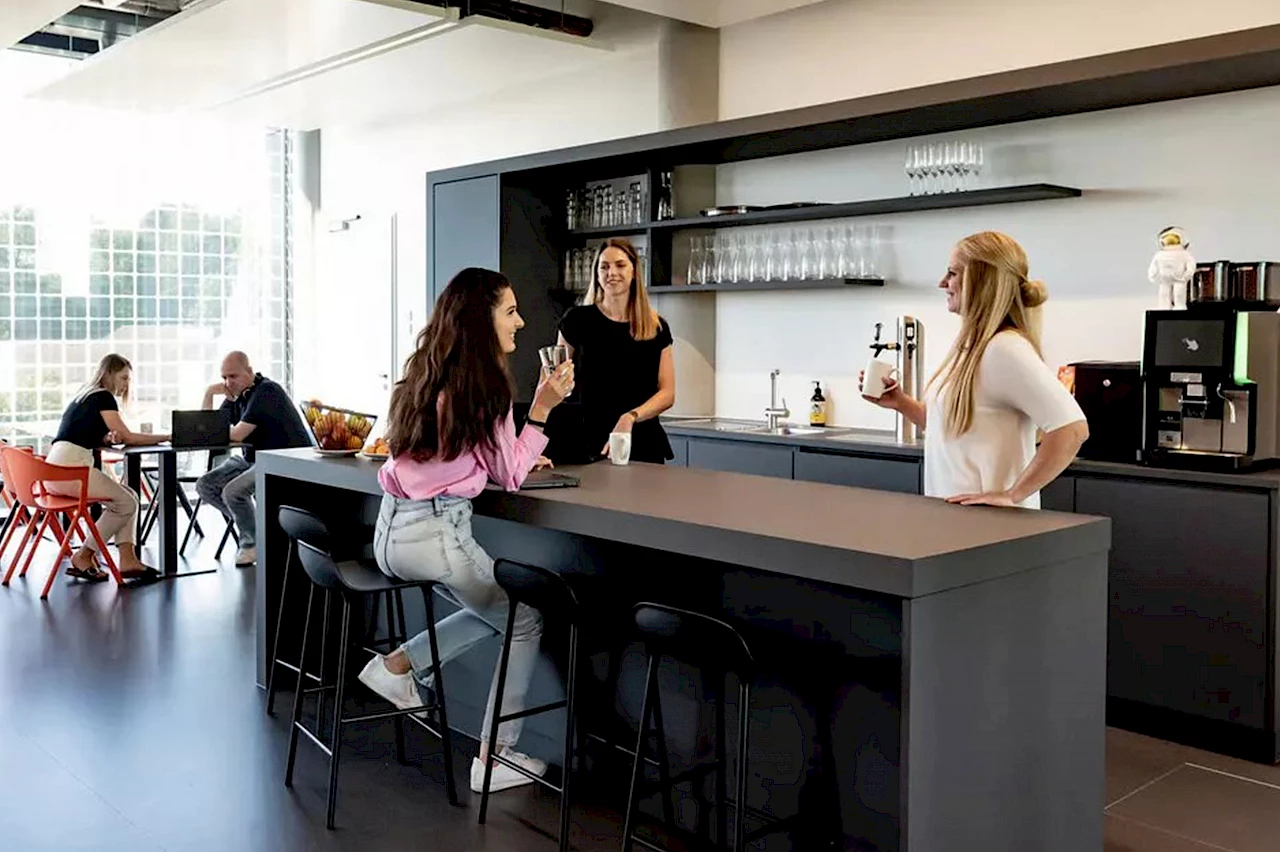The future of the world of work is on the move. This is the conclusion of the “Workspace Benchmark Report 2022” by the planning and consulting company Drees & Sommer.
For the study, over 200 IT, real estate and HR managers representing around 20 sectors such as information and communication technology (ICT), industry, research, education and science were surveyed from July to October 2022. Based on the analysis, the study’s authors are convinced that the office has lost its monopoly as first workspace due to mobile working, and yet it is more important than ever. Everything that cannot be done remotely must be made physically accessible in the office – from A for after-work to Z for coincidental meetings.
The office is still alive
Working from home and mobile working are here to stay. Around 93 percent of those surveyed are convinced of it. While companies in Germany were rather cautious about this before the corona pandemic, the pandemic has shaken the ground of the presence culture and thus paved the way for modern, decentralised working models in many sectors. According to Drees & Sommer, this has a number of advantages for employees: less time spent on the road, more free time and more flexibility in scheduling working hours. On the other hand, companies are asking themselves how they can maintain the loyalty and innovative spirit of their employees in the process.
Please also read

“The office is definitely not dead. It will just play a different role in everyday work than it did before the pandemic,” says Sven Mylius, Senior Manager and expert for New Work concepts at Drees & Sommer SE. Teamwork and both formal and informal communication are moving to the foreground. In short: People go to the office because of people. Almost half of the respondents noticed this development as a change compared to before the pandemic. “Offices now have to adapt to the new requirements, for example with creative and project spaces, communication areas and recreational facilities. At the same time, this requires a rethinking of working methods, workplaces and structures – and thus also a rethinking of corporate management,” says Mylius.
It´s all about people in the office
The concern of many companies that the introduction of working from home and mobile working will result in empty offices is groundless. This is underlined by the results of the trend study. About two-thirds of the respondents prefer mobile working on two, at most three days a week (34 and 32 per cent respectively). This preference is not just theory, but is also reflected in implementation. Respondents who can work mobile two to three days a week regularly take advantage of this option. In contrast, those who are allowed to work mobile up to five days per week tend to do so on only three days.
More flexibility requested
Currently, the respondents estimate space usage of their offices at 31 to 40 percent – this corresponds to a higher level of occupancy than a year ago (results of the Workspace Benchmark Report 2021). In 2022, around two-thirds of the participants used the desk-sharing principle – and the trend is rising. In the future, around 76 percent are expected. In 2021, the use was still significantly lower: at 52 percent.
New working models will probably be accompanied by a reduction in space: Around 61 percent of the survey participants expect the space required per workplace to be reduced, for example, by eliminating individual offices. A space reduction of 21 to 30 per cent is expected. In contrast, one-third of the respondents believe that there will be no change. A small proportion of around six percent even expect an increase in space of eleven to 20 percent.
Flagship store office
In the context of a New Work concept, it is not only the spatial layout that is important, but also the interior design. “In the competition for new talent, offices will be the company’s flagship in the future in order to attract and retain employees. If you want to stay on top here, you have to invest in the quality of spaces. Just like in a flagship store, I experience the employer brand in the office, which is why brand values and corporate culture must be perceptible and tangible in the interior,” says Martin Becker, partner at Drees & Sommer. “People go to the office to meet colleagues in person and to identify with their employer. In this way, spaces are increasingly becoming a fuelling station for identity and integrity.“




 OFFICE ROXX
OFFICE ROXX 
